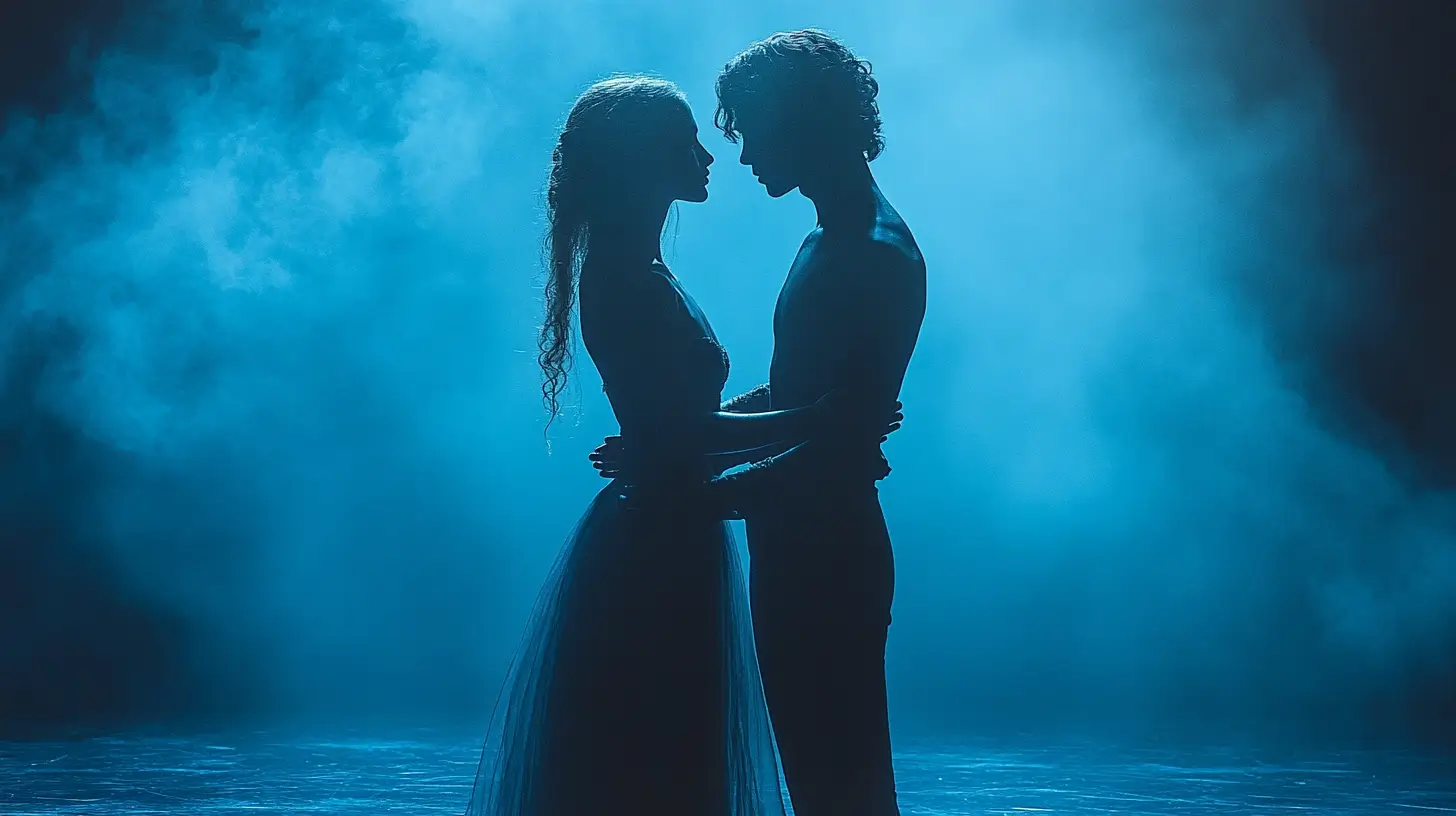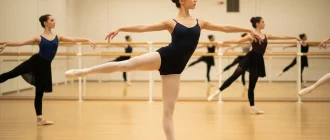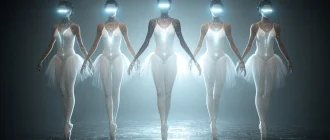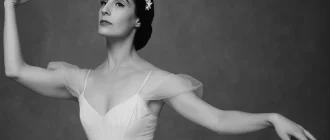The Romeo and Juliet ballet transforms Shakespeare’s timeless love story into a powerful dance narrative. Choreographed to Sergei Prokofiev’s evocative music, it captures the star-crossed lovers’ intense romance and tragic fate. This article explores the history, notable productions, key scenes, and distinguished choreographers of the ballet, offering comprehensive insight into its enduring appeal.
Key Takeaways
- Sergei Prokofiev’s ballet adaptation of Shakespeare’s “Romeo and Juliet” premiered in 1938 and underwent significant revisions to align with the original tragic story.
- Iconic productions by various companies, such as the Royal Danish Ballet, New York City Ballet, and Washington Ballet, showcase the ballet’s adaptability and emotional depth through innovative choreography.
- Modern dance companies continually reinterpret the timeless story of ‘Romeo and Juliet,’ ensuring its relevance and appeal through contemporary themes and techniques.
| Feature | Description |
|---|---|
| Title | Romeo and Juliet |
| Choreographers | Most notable versions by Leonid Lavrovsky (1940), Sir Kenneth MacMillan (1965), John Cranko (1962), and Rudolf Nureyev (1977) |
| Composer | Sergei Prokofiev |
| Premiere Date | First official premiere by the Kirov Ballet in January 1940 in Leningrad, USSR |
| Libretto | Based on William Shakespeare’s play, Romeo and Juliet |
| Setting | Renaissance Verona, Italy |
| Prokofiev’s Composition | 1935 includes some of ballet’s most famous pieces, like “Dance of the Knights.” |
| Key Themes | Love, tragedy, conflict between family loyalty and personal desire |
| Notable Roles | Romeo, Juliet, Mercutio, Tybalt, Lord Capulet, the Nurse, Paris |
| Principal Variations | Juliet’s solo (Act I, Balcony Scene), Romeo’s solo, Pas de Deux for Balcony Scene, Mercutio’s and Tybalt’s duel scene, Juliet’s death scene |
| Costume & Set Design | Typically, Renaissance-inspired costumes and grand sets with medieval Italian architecture |
| Key Dance Elements | Strong narrative ballet with pantomime acting, dramatic pas de deux for lovers, and highly athletic fight scenes between Tybalt and Mercutio |
| Notable Performers | Margot Fonteyn, Rudolf Nureyev, Natalia Osipova, Roberto Bolle, Sergei Polunin |
| Cultural Impact | Widely performed globally and famous for its emotional depth and dramatic score, it has become a staple in most ballet companies’ repertoires. |
| Performance Length | Approximately 2.5 to 3 hours, including intermissions |
| Most Famous Productions | The Royal Ballet (MacMillan), Paris Opera Ballet (Nureyev), American Ballet Theatre, Bolshoi Ballet, Mariinsky Ballet, National Ballet of Canada (Cranko), Stuttgart Ballet |
| Interesting Fact | Prokofiev initially envisioned a happy ending, but changed it due to the insistence on following the original Shakespeare tragedy. |
The Origins of Romeo and Juliet Ballet
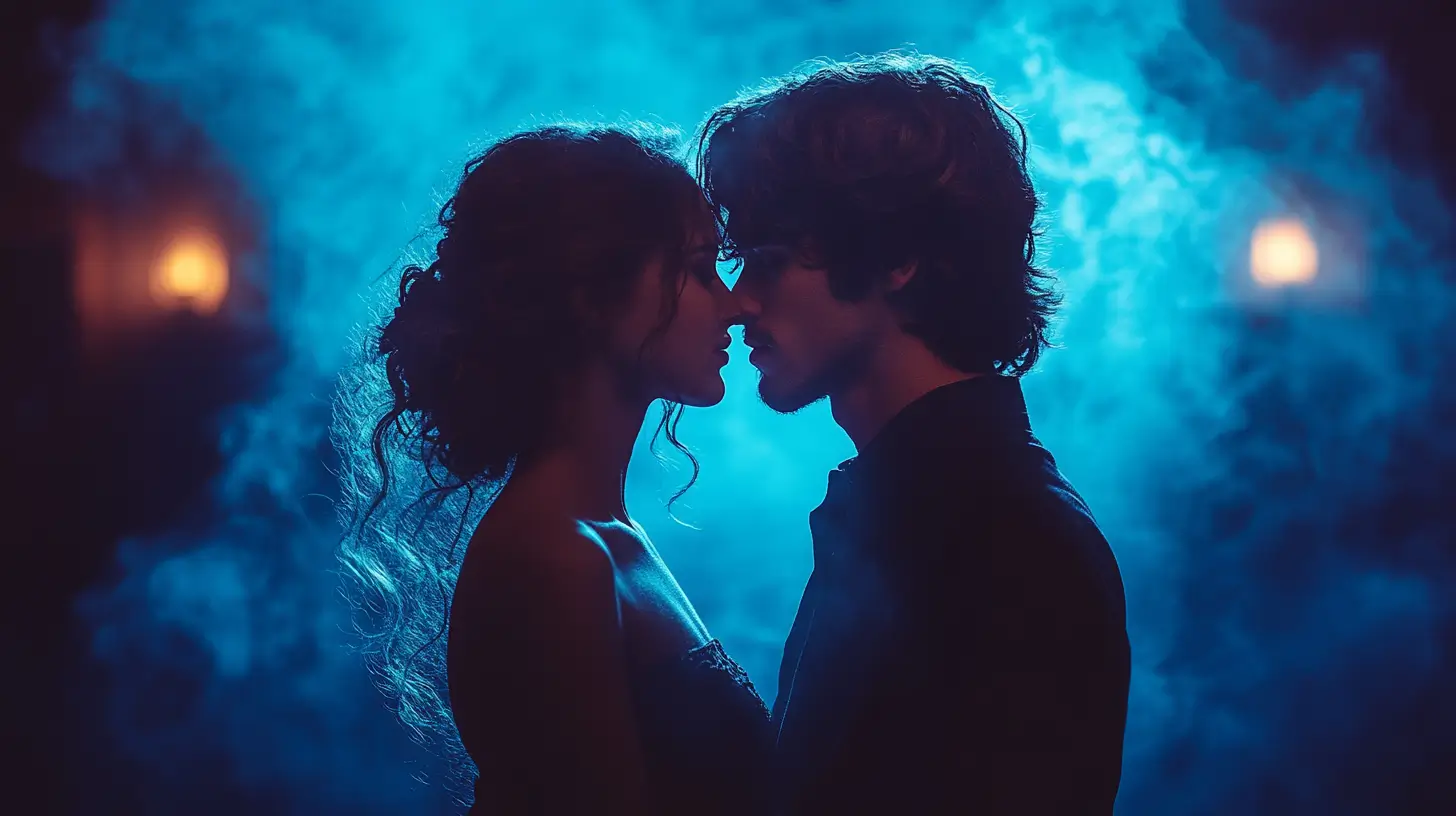
The origins of the “Romeo and Juliet” ballet can be traced back to Sergei Prokofiev, who adapted Shakespeare’s tragedy into a ballet in 1935. Initially, Prokofiev composed the ballet with the original cast and an unconventional happy ending, a choice that was later revised to stay true to the original tragic conclusion. This adaptation was a significant moment in ballet, merging Shakespeare’s dramatic narrative with Prokofiev’s powerful music.
The ballet’s original composition faced several challenges before it reached the stage. After its initial creation, the score underwent significant revisions, especially for its Soviet premiere in 1940. This refinement period ensured the music resonated with the story’s emotional depth and complexity. The dedication of its creators and performers heavily influenced the ballet’s evolution, bringing Shakespeare’s vision to life through dance.
Notable early productions shaped the ballet’s legacy. The first full-length performance of “Romeo and Juliet” was at the Mahen Theatre in Brno, Czechoslovakia, on December 30, 1938. This debut paved the way for future interpretations, including the celebrated Kirov Ballet’s 1940 production.
Prokofiev’s Score
Sergei Prokofiev’s score for “Romeo and Juliet” captures the essence of the narrative through rich musical themes and a libretto by Sergei Prokofiev. The score was significantly revised after its initial composition, particularly for its Soviet premiere in 1940, to align with the ballet’s dramatic demands. This meticulous refinement highlights Prokofiev’s dedication to creating a musical tapestry resonating with Shakespeare’s story’s emotional depth.
Notable elements of Prokofiev’s score include Suite No. 1, which features key movements that encapsulate the ballet’s narrative. These movements evoke the story’s intense emotions and pivotal moments, making the music an integral part of the ballet’s storytelling.
World Premiere and Early Productions
The full-length premiere of “Romeo and Juliet” at the Mahen Theatre in Brno on December 30, 1938, marked a historic moment for the ballet. This world premiere first introduced audiences to the powerful combination of Prokofiev’s score and Shakespeare’s tragic narrative, paving the way for future productions. The initial output featured a single-act format, using music primarily from the first two orchestral suites, adeptly capturing the story’s essence.
In 1940, the Kirov Ballet presented its rendition of “Romeo and Juliet,” becoming one of the earliest notable interpretations of the ballet. This production established the Kirov Ballet’s prominence and showcased the adaptability of Prokofiev’s score to different choreographic visions.
Iconic Productions of Romeo and Juliet
![]()
Several iconic “Romeo and Juliet” productions have left an indelible mark on the world of ballet. Renowned choreographers have reinterpreted this classic tale, each bringing a unique style and vision to the stage. These productions showcase the ballet’s adaptability, timeless appeal, and emotional depth.
Influential interpretations include those by the Royal Danish Ballet, New York City Ballet, and Washington Ballet. Each company has contributed to the ballet’s evolution with innovative choreography and staging to captivate audiences. The Royal Danish Ballet’s version, choreographed by Frederick Ashton in 1955, set a high standard for narrative ballet. Choreographer Peter Martins’ 2007 production for the New York City Ballet and the Washington Ballet’s rendition emphasize different aspects of the story, from youthful passion to intense emotional realism.
Royal Danish Ballet
The Royal Danish Ballet has played a significant role in shaping the narrative and choreographic style of “Romeo and Juliet.” Frederick Ashton’s 1955 production is noteworthy for its innovative choreography and emotional depth. This interpretation has influenced many other productions, setting a high standard for storytelling through dance.
Ashton’s choreography emphasized the romantic and tragic elements of the story, capturing the essence of the star-crossed lovers’ journey. The Royal Danish Ballet’s dedication to preserving and evolving this classic tale has cemented its place in ballet history.
New York City Ballet
The New York City Ballet’s full-length “Romeo and Juliet” production premiered in 2007, choreographed by Peter Martins. This version is notable for using Sergei Prokofiev’s score, adding a rich musical backdrop to the dramatic narrative. Martins’ choreography, consisting of a full-length ballet of two acts, blends traditional ballet elements with contemporary techniques, bringing a fresh perspective to the classic tale.
The New York City Ballet’s interpretation has been praised for its dynamic staging, costumes, and the emotional intensity of its performances. Incorporating Prokofiev’s powerful music, the production captures the tragic beauty of Romeo and Juliet’s story.
Washington Ballet
The Washington Ballet’s rendition of “Romeo and Juliet” stands out for its focus on youth and the desire for freedom rather than solely romantic love. This interpretation brings a fresh perspective to the classic story, emphasizing the characters’ intense passion and sensuality.
The Washington Ballet’s production features sensual duets and lively ensemble performances, highlighting the emotional and physical connections between the characters. This approach resonates with contemporary audiences, making the timeless story of Romeo and Juliet feel relevant and compelling.
Key Characters and Their Roles
The “Romeo and Juliet” ballet brings Shakespeare’s key characters to life, each playing a vital role in the unfolding drama. From the passionate lovers Juliette and Romeo to the fiery Tybalt and the playful Mercutio, each character adds depth and complexity, including Shakespeare’s Romeo.
The ballet’s choreography and music bring these characters to life, making their emotions and motivations palpable to the audience.
Romeo
Romeo’s character arc in the ballet transforms from a lovesick youth infatuated with Rosaline to a devoted lover willing to defy his family’s feud for Juliet. This evolution is beautifully captured through expressive choreography and costumes, emphasizing Romeo’s emotional depth and youthful passion for young love.
Nureyev’s interpretation is known for its dramatic expressiveness and intense character development.
Juliet
Juliet’s journey from obedient daughter to determined lover is a central theme in the ballet. Her defiance of her family’s expectations and willingness to elope with Romeo showcase her strength and determination. Nureyev’s choreography emphasizes Juliet’s growth and romantic fervor, highlighting her youthful impulsiveness and emotional depth.
Mercutio and Tybalt
Mercutio and Tybalt play pivotal roles in driving the narrative. Mercutio’s playful and provocative nature contrasts with Tybalt’s fiery aggression, setting the stage for the tragic conflict. Mercutio’s death at Tybalt’s hands sparks a chain reaction of revenge, leading to Romeo’s banishment and escalating the Montagues and Capulets’ feud.
Famous Scenes in Romeo and Juliet Ballet
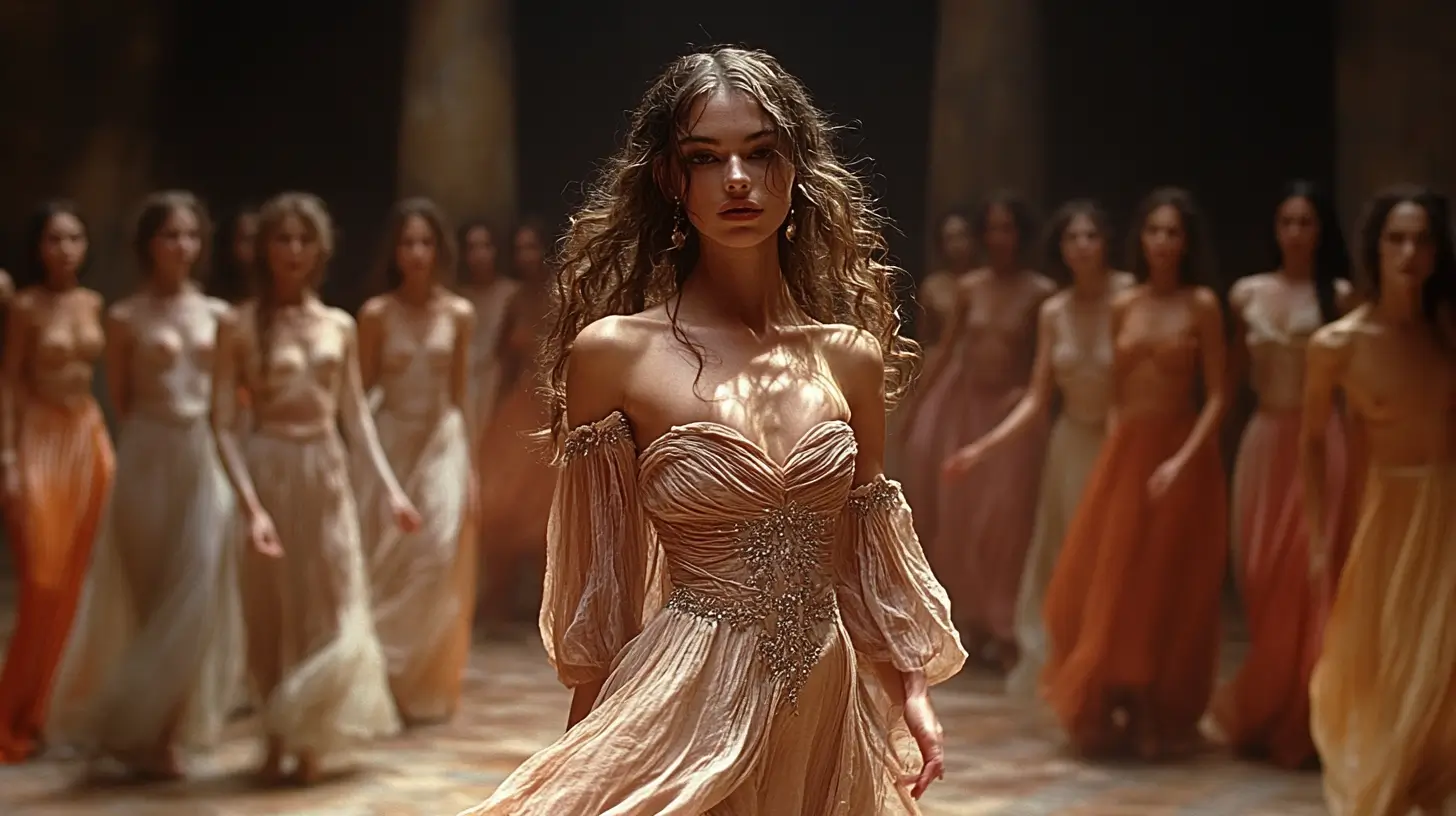
The “Romeo and Juliet” ballet is renowned for its iconic scenes capturing the story’s romance and tragedy. These scenes come to life through expressive choreography and Prokofiev’s evocative score.
From the intimate balcony scene to the emotional turmoil in Juliet’s bedroom and the climactic moments of Act II, each scene conveys the narrative’s emotional depth and dramatic tension.
Balcony Scene
The balcony scene is perhaps the most famous moment in Romeo and Juliet. Set to a lyrical score, this scene symbolizes the intensity of Romeo and Juliet’s love and marks a pivotal moment in their relationship. The romantic pas de deux, culminating in a passionate kiss, captures the lovers’ deep connection and defiance of their families’ feud.
The choreography in the balcony scene aligns closely with the romantic music, creating a harmonious blend of movement and melody. This scene showcases the dancers’ technical prowess and their ability to convey the profound emotions of young love.
Juliet’s Bedroom
Juliet’s bedroom is a poignant setting in the ballet, reflecting themes of intimacy and the tragedy of fleeting moments before inevitable separation. The choreography in this scene emphasizes Juliet’s emotional turmoil following Tybalt’s death, depicted with intense physicality and dramatic expression.
The choreography and emotional depth in Juliet’s bedroom highlight the tragic trajectory of the story. This scene deepens the audience’s connection to the characters, making their impending fate even more heart-wrenching.
Act II Climax
Act II of “Romeo and Juliet” is pivotal, as it encapsulates the blossoming romance between the titular characters and sets a hopeful yet tragic tone. The secret meeting on the balcony represents the lovers’ forbidden passion and the beginning of their sad journey.
The interactions between Mercutio and Tybalt escalate the tension, propelling the narrative toward conflict and foreshadowing the imminent tragedy. These passionate exchanges and the constant threat from their feuding families hint at the tragic fate awaiting Romeo and Juliet.
Notable Choreographers
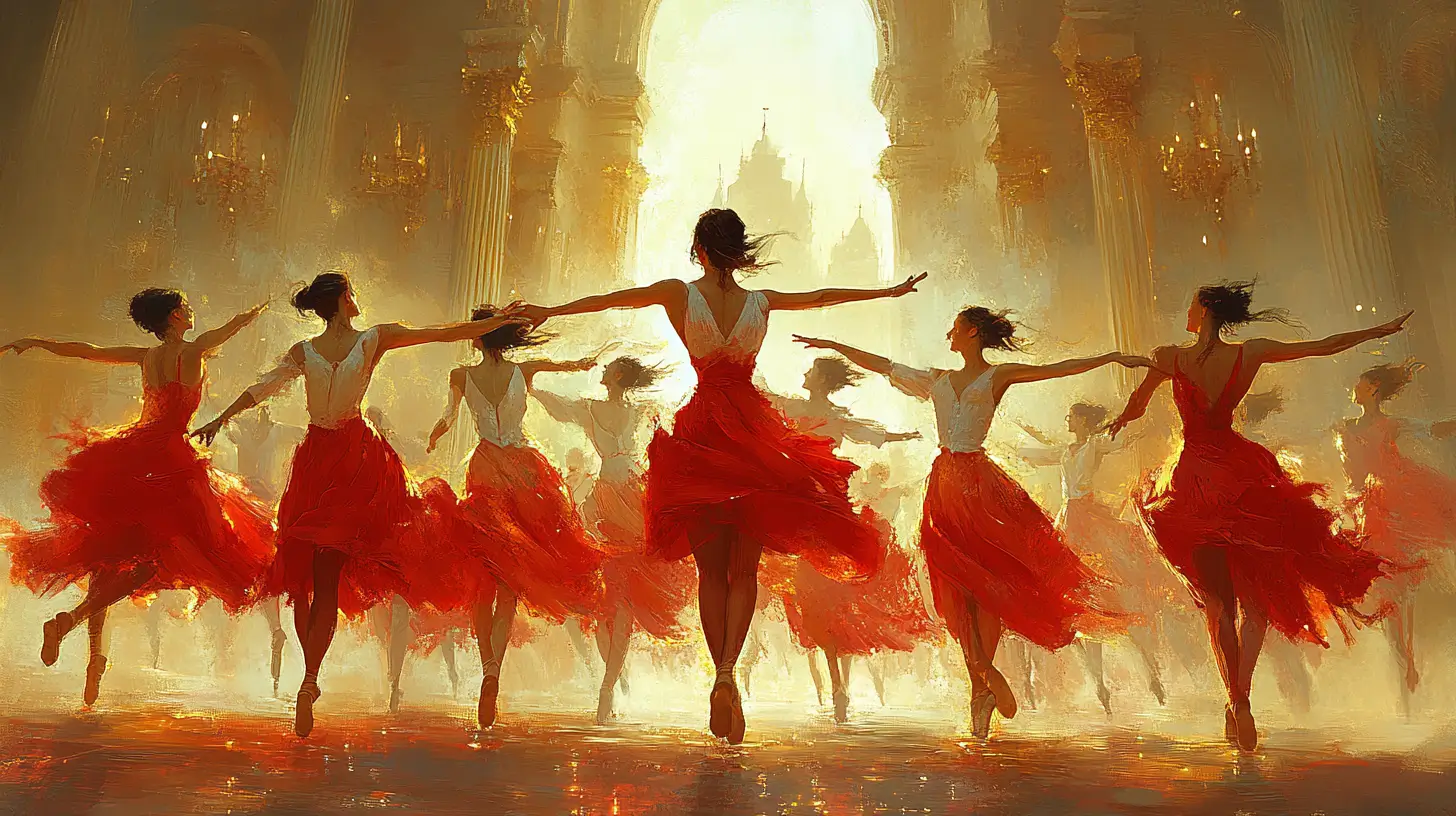
Several notable choreographers have significantly shaped the “Romeo and Juliet” ballet, each bringing their unique vision to the classic story. Their contributions have ensured that the ballet remains a staple in the repertoire of dance companies worldwide. From John Cranko’s innovative storytelling to Rudolf Nureyev’s cinematic quality and Kenneth MacMillan’s impactful choreography, these choreographers have left an indelible mark on ballet.
Their interpretations have preserved the essence of Shakespeare’s tragedy and introduced new elements that resonate with contemporary audiences. The following sections highlight the contributions of these choreographers and their influence on the ballet’s legacy.
John Cranko
John Cranko’s adaptation of “Romeo and Juliet” first premiered in Stuttgart in 1962, marking a pivotal moment in ballet history. Cranko’s choreography is celebrated for its emotional depth and narrative clarity, effectively capturing the tragic romance of the story. His ability to translate complex emotions into dance movements has made his version one of the most enduring interpretations of the ballet.
The climax of Act II, featuring intense fight choreography, is particularly notable and showcases Cranko’s skill in blending dramatic action with expressive dance.
Rudolf Nureyev
Rudolf Nureyev’s interpretation of “Romeo and Juliet” is renowned for its cinematic quality and detailed portrayal of the characters’ emotional struggles. Nureyev not only performed but also choreographed his version of the ballet, bringing a unique style to the production that emphasized the essence of youthful love amidst familial hatred. His choreography is characterized by vibrant, cinematic elements that evoke the Italian Renaissance, capturing the grandeur and intensity of the story.
Nureyev’s version of “Romeo and Juliet” remains a landmark in the ballet world for its innovative storytelling and character development approach. His ability to convey the emotional depth of the characters through expressive movement has left a lasting impact on audiences and continues to influence modern interpretations of the ballet.
Kenneth MacMillan
Kenneth MacMillan’s version of “Romeo and Juliet” premiered with the Royal Ballet in 1965 and has since become a cornerstone of the ballet repertoire. MacMillan’s choreography is known for its emotional intensity and intricate storytelling, capturing the essence of Shakespeare’s tragedy.
His version has been influential in solidifying the ballet’s status in the dance community, ensuring its continued relevance and appeal to contemporary audiences.
Orchestral Suites and Piano Pieces
Sergei Prokofiev’s orchestral suites and piano pieces derived from the “Romeo and Juliet” ballet capture the narrative’s emotional depth and complexity. His ballet score created three orchestral suites between 1936 and 1946, each known for its rich musical themes and character portrayals.
These compositions are integral to the ballet’s storytelling, enhancing the dance’s dramatic impact.
Suite No. 1 from Romeo and Juliet, Op. 64bis
Suite No. 1 from “Romeo and Juliet,” Op. 64bis consists of seven sections that focus on a dance intermezzo from the ballet. These sections capture key moments and emotions from the story, from the passionate encounters of the lovers to the dramatic conflicts between the families.
The suite’s ability to convey the narrative’s emotional arc through music is vital to the ballet’s success.
Ten Pieces for Piano, Op. 75
Prokofiev’s Ten Pieces for Piano, Op. 75, showcase various themes and motifs from the “Romeo and Juliet” ballet. These pieces, with a total duration of 35 minutes, provide a more intimate and nuanced exploration of the ballet’s music.
Sergei Prokofiev made the first music recording of the ballet, highlighting his composition’s enduring appeal and versatility.
Modern Interpretations and Revivals
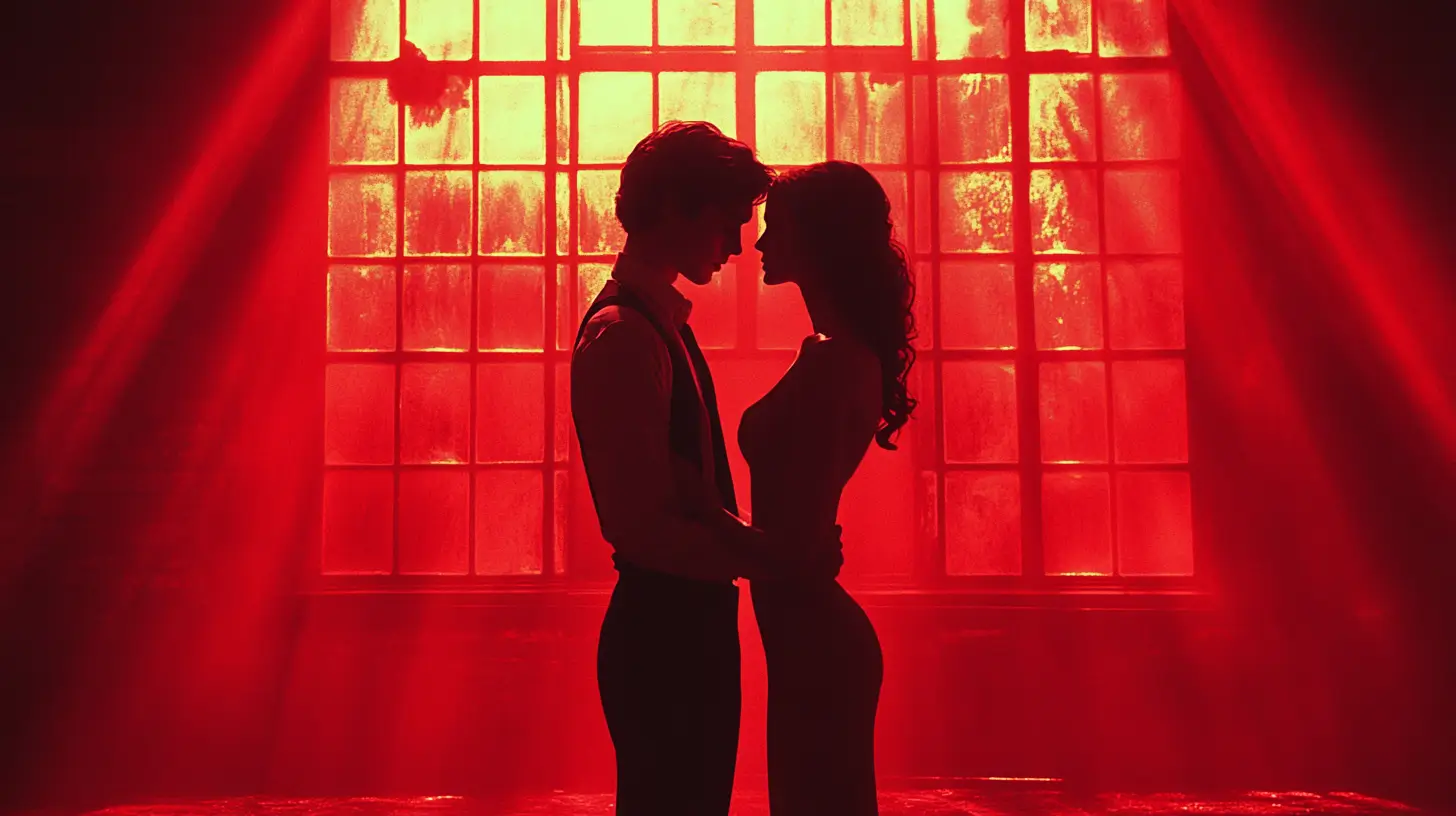
Modern interpretations and revivals of the “Romeo and Juliet” ballet highlight the adaptability and timelessness of the story. Contemporary dance companies continue to explore innovative choreography and staging, blending classical and modern elements to resonate with new audiences.
These modern renditions ensure the ballet remains relevant and captivating in today’s performing arts landscape.
Singapore Dance Theatre
The Singapore Dance Theatre is known for its commitment to bringing classical ballet to contemporary audiences. Their modern adaptation of “Romeo and Juliet” incorporates innovative choreography and dynamic staging, reinterpreting key scenes such as the Balcony Scene and the Act II Climax, blending traditional technique and modern stylistic elements. This adaptation has resonated well with new and seasoned ballet enthusiasts, affirming the timelessness of “Romeo and Juliet’s” story.
Key scenes are reimagined to highlight the narrative’s emotional depth and dramatic tension, making the story feel fresh and relevant. The Singapore Dance Theatre’s dedication to innovation ensures its productions continue to captivate and inspire audiences.
Ballet Austin
Ballet Austin’s rendition of “Romeo & Juliet,” choreographed by artistic director Stephen Mills, showcases a blend of traditional and contemporary elements, making it suitable for all ages. The performances are accompanied live by the Austin Symphony Orchestra, which plays Prokofiev’s renowned score, adding a rich musical backdrop to the dramatic narrative. The choreography emphasizes the physicality of the characters’ interactions, particularly during the fight scenes, which are crafted to be both exciting and realistic.
Ballet Austin’s interpretation focuses on strong character development, allowing the dancers to effectively convey the emotional arcs of their roles throughout the performance. Thematic elements are incorporated to resonate with modern audiences, making the classic story feel relevant today.
Paris Opera Ballet
The Paris Opera Ballet has explored contemporary themes in its renditions of “Romeo and Juliet,” making the play more relevant to modern audiences. Their productions employ cutting-edge stage design and multimedia elements, offering fresh visual experiences alongside the classical narrative. This approach challenges traditional ballet conventions and pushes the boundaries of what ballet can be.
The Paris Opera Ballet’s interpretation includes avant-garde set designs and experimental choreography, making each performance a unique and immersive experience. By blending classical and contemporary elements, they keep the timeless story of “Romeo and Juliet” alive and engaging for today’s audiences.
Performance Dates and Venues
Several performances of “Romeo and Juliet” are scheduled for 2024, offering audiences worldwide the opportunity to experience this timeless ballet. Major cities such as New York, London, and Sydney will host performances, showcasing the ballet’s enduring appeal. The American Ballet Theatre, for example, will feature a production at the Metropolitan Opera House in New York, allowing audience members to witness the ballet in a grand and historic setting.
The venues hosting these performances are essential in nurturing the ballet’s legacy and reaching global audiences. Prominent venues like the Royal Danish Theatre, the Bolshoi Theatre in Moscow, and the Paris Opera House are renowned for their elegant staging and historical significance. These venues provide a stage for the performances and help preserve the artistry associated with Prokofiev’s ballet adaptations.
Upcoming Performances
In 2024, the “Romeo and Juliet” ballet is set to be performed in major cities, including New York, London, and Sydney. Notable performances include those at the Circle In The Square Theatre in New York on multiple dates in October 2024 and at the Fitzgerald Theater in Saint Paul, MN, on October 19-20, 2024.
These performances provide diverse audiences with the chance to experience the emotional and artistic power of the ballet.
Major Venues
The Royal Danish Theatre is one of the prominent venues known for its elegant staging of the ballet, contributing to its cultural legacy. The Bolshoi Theatre in Moscow holds historic significance as a venue for multiple prestigious performances of “Romeo and Juliet,” drawing large audiences and enhancing the ballet’s global reach. The Paris Opera House, with its innovative productions, continues to push the boundaries of traditional ballet, making it a key player in the evolution of “Romeo and Juliet.”
The impact of these venues on the performance and reception of the “Romeo and Juliet” ballet is profound. They each contribute to the ballet’s cultural significance, ensuring that Prokofiev’s adaptations remain a cherished part of the performing arts.
Summary
The “Romeo and Juliet” ballet, with its rich history and diverse interpretations, continues to captivate audiences worldwide. From its origins with Sergei Prokofiev’s powerful score to the iconic productions by renowned choreographers, the ballet has evolved into a timeless masterpiece. The key characters and famous scenes bring the tragic love story to life, while modern interpretations and revivals ensure its relevance for contemporary audiences.
As we look forward to upcoming performances and the continued evolution of this beloved ballet, we are reminded of the enduring power of Romeo and Juliet’s story. Whether experienced through the grand stages of historic venues or reimagined in innovative productions, “Romeo and Juliet” is a testament to love and the transcendent nature of art.
Frequently Asked Questions
Who composed the score for the “Romeo and Juliet” ballet?
Sergei Prokofiev composed the score for the ballet “Romeo and Juliet”, celebrated for its emotional depth and complexity.
When and where did the first full-length performance of “Romeo and Juliet” take place?
The first full-length performance of “Romeo and Juliet” occurred on December 30, 1938, at the Mahen Theatre in Brno, Czechoslovakia.
What are some famous scenes in the “Romeo and Juliet” ballet?
The “Romeo and Juliet” ballet features famous scenes such as the Balcony Scene, Juliet’s Bedroom, and the Act II Climax, each pivotal in conveying the emotional depth of the narrative. These moments are essential in illustrating the intensity of the characters’ love and the unfolding tragedy.
Who are some notable choreographers who have worked on “Romeo and Juliet”?
Some notable choreographers who have worked on “Romeo and Juliet” include John Cranko, Rudolf Nureyev, and Kenneth MacMillan, each contributing their distinct interpretations to the ballet.
Where can I see performances of “Romeo and Juliet” in 2024?
You can see performances of “Romeo and Juliet” in 2024 at major venues such as the Circle In The Square Theatre in New York and the Fitzgerald Theater in Saint Paul, MN, as well as in cities like London and Sydney. Check local listings for specific dates and times.

